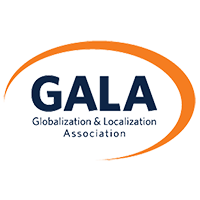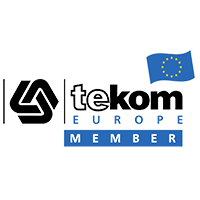A Beginner’s Guide to NLP, NLU, and NLG
Avoid the temptation to use these acronyms interchangeably – natural language generation (NLG), natural language processing (NLP), and natural language understanding (NLU) are related but distinct.
In 1950, the notorious mathematician and computer scientist Alan Turing created what we now know as the “Turing Test”, which states that if a machine can have a conversation with a human and make them believe that they are actually speaking to another human, that machine is artificially intelligent.
Fast forward to 2021, and computers are beating chess champions, deepfake videos are indistinguishable from the real thing, and the gamification of memory is a part of the world we live in. At the same time, artificial intelligence (AI) is making existing translation technology more effective, a process that will only gather speed as the technology becomes more intelligent.
There are multiple components in the AI-driven machine learning process, but three you probably hear about a lot are natural language processing (NLP), natural language understanding (NLU), and natural language generation (NLG). Because they’re all part of the process of reproducing human communication in computers, these terms are often confused. Let’s take a closer look at what they mean.
Parts of the whole
To put things in the simplest terms possible, a combination of NLU and NLG will result in an NLP engine that works.
NLU + NLG = NLP
- NLU focuses on machine reading comprehension through grammar and context, which allows it to determine the intended meaning of a sentence.
- NLG is all about the construction of text in English or other languages by a machine and based on a given dataset.
- NLP aims to convert unstructured language data into a structured data format that allows machines to understand speech and text and then formulate relevant, contextual responses. Its subtopics include natural language processing and natural language generation.
The ability of computers to understand and analyze human language allows for the creation of translation systems that are leading to more open and effective communication. For a computer to understand the words we use in languages, translators need to break up paragraphs and sentences into units of language. These units are converted into numbers and then back into words in a different language, completing the translation process.
The Argos approach
At Argos Multilingual, we’ve perfected a hybrid approach that involves leveraging multiple machine translation options and combining them with top linguistic talent from all around the globe. Our goal is always a final text that reads as though it was done from start to finish by a human translator, and recent advances in technology are making it easier to get there faster and at lower cost to our clients. To learn more, contact us.




